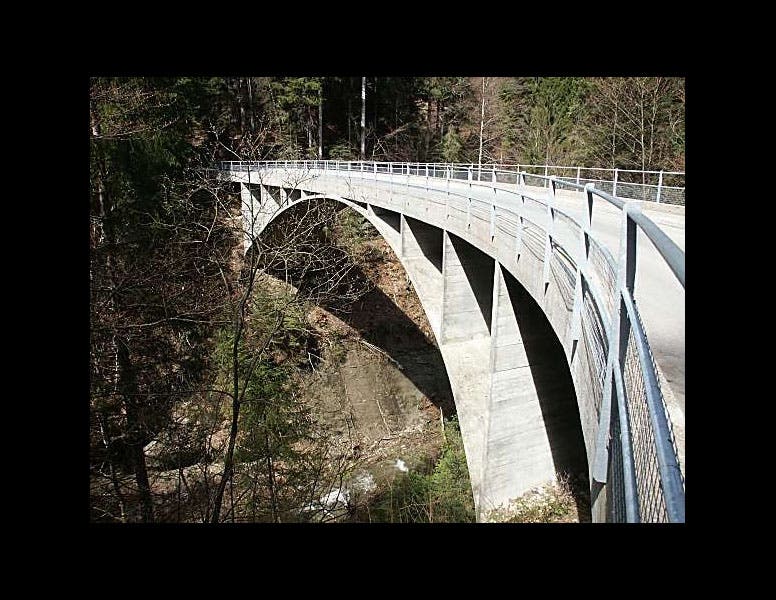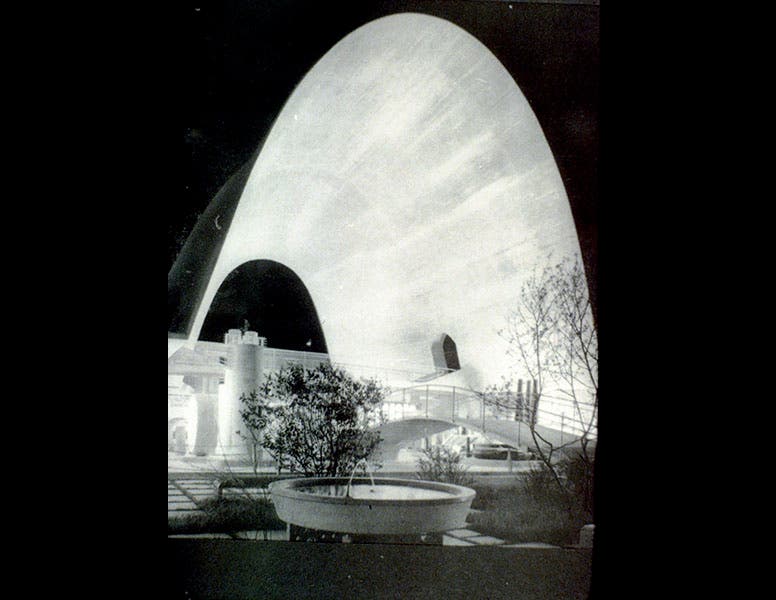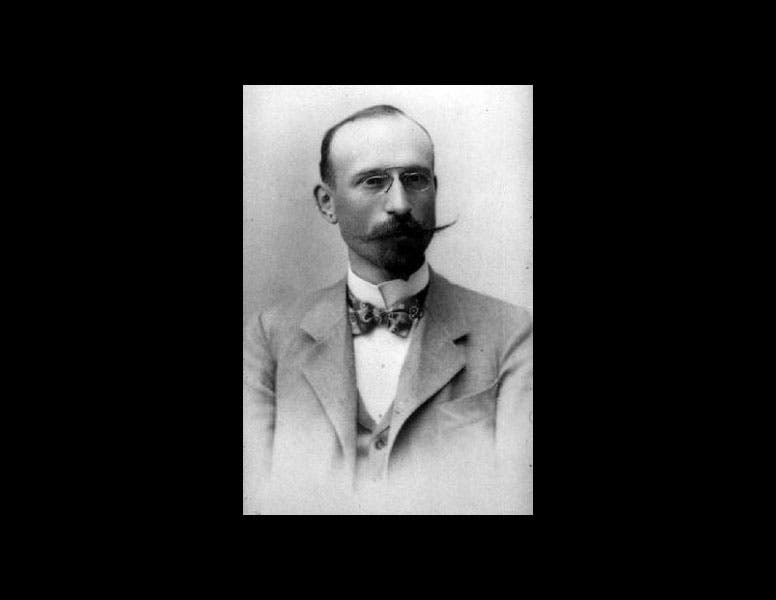Scientist of the Day - Robert Maillart
Robert Maillart, a Swiss structural engineer, was born Feb. 6, 1872. Maillart is best known as a bridge engineer, and in particular, for inventing the modern concrete arch bridge. Earlier bridge designers had employed reinforced concrete, but they tended to treat it like timber or stone, using old designs and structures for their new material. Maillart got rid of stone piers and thick arches and allowed the concrete to take flight and soar. The most famous example of a Maillart bridge is the one he erected near Schiers, Switzerland, called the Salginatobal Bridge, completed in 1930 (first image). It is not particularly long, or high (although it looks high enough, 130 feet, in the photo), but the thin hollow concrete arch that supports it seems almost weightless, and there are no piers or buttresses in sight
Another striking Maillart bridge, opened in 1933, is the one at Schwandbach, which is near Bern (second image). The Schwandbach bridge is curved, so the arch varies in width. But it is less than 8 inches thick, and the vertical supports are only 6 inches thick, making the bridge seem to float in the air. The deck is thicker than the arch and is stiffened, helping to keep the arches from twisting.
In a pedestrian bridge in Winterthur, near Zurich, called the Töss footbridge and completed in 1934, he got the arch down to 5.5 inches in thickness (third image).
Maillart built other structures besides bridges. He worked in Russia and Germany for some years before his business prospered in Switzerland, and he designed warehouses using reinforced concrete ceilings without beams. Instead, the ceilings were supported by columns that spread out at the top into mushroom-like structures, with the mushrooms transmitting the compressive forces of the horizontal concrete slab onto the vertical columns (fourth image). The mushroom slab, as it is called, came to be used in all sorts of structures that required large, wide-open spaces.
One of Maillart’s most amazing creations is no longer with us. It had the rather unglamorous name of Cement Hall, and it was built on the shore of Lake Zurich for a Swiss world’s fair in 1939 (fifth image). The structure was an open arch some 70 feet long and 50 feet high, and it was built to show off Swiss ingenuity in working with reinforced concrete. The most astonishing feature of Cement Hall was that the curved arch was only 2.3 inches thick. The reason it no longer exists is that after the fair was over, in 1940, it was bedecked with sensors and deliberately destroyed in order to measure its resistance to stress. It proved surprisingly difficult to demolish. It is disappointing that it is not still standing.
Dr. William B. Ashworth, Jr., Consultant for the History of Science, Linda Hall Library and Associate Professor, Department of History, University of Missouri-Kansas City. Comments or corrections are welcome; please direct to ashworthw@umkc.edu.












